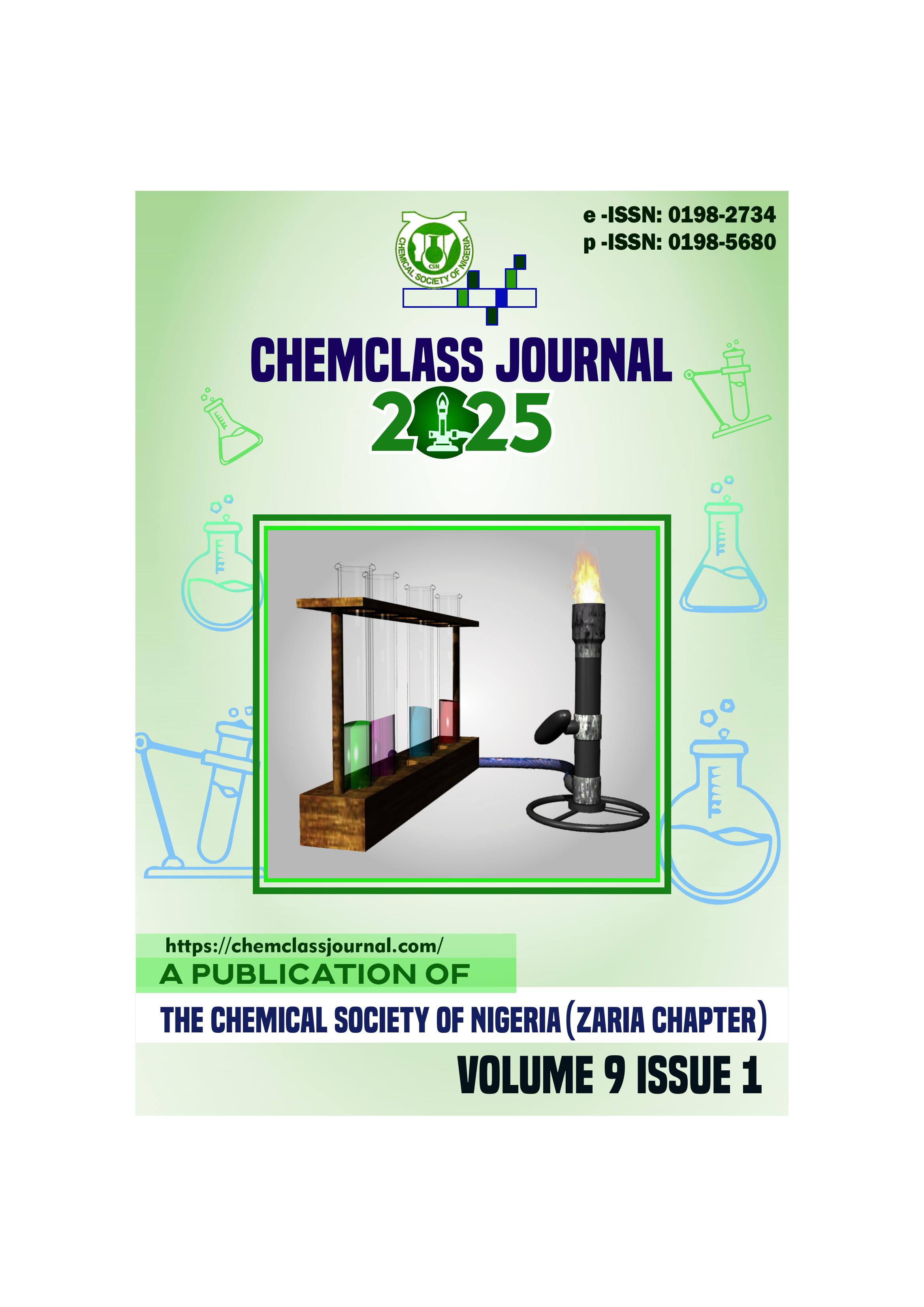Migration of Cadmium Between Wrapping Paper and Food: A 24 Factorial Design Approach
DOI:
https://doi.org/10.33003/Keywords:
Bean cake , factorial design , heavy metal migration, variables, newspaperAbstract
The utilization of used paper as a packaging material by street food vendors is promoted as they are not
expensive and easy to use. But the toxic potential of these ink stained papers has raised questions concerning
the safety of these papers for wrapping food. This research seeks to investigate the migration of cadmium
(Cd) from newspaper to bean cake under varying conditions, focusing on the effects of temperature (°C),
contact time (minutes), food mass (g), and wrapping paper surface area (cm²) using factorial design. The
samples under varying conditions were analyzed for cadmium concentration using an atomic absorption
spectrophotometer. The optimum concentration of Cd was 0.075 mg/L, achieved at 65 °C, 20 minutes, 10
g, and 200 cm², with a predicted response of 0.075 mg/L and a residual value of 0.000. The results indicate
that lower temperatures, longer contact times, smaller food masses, and reduced surface areas can minimize
Cd migration. Statistical analysis revealed that surface area (P < 0.05), as well as interactions between
temperature-contact time (P = 0.027) and temperature-mass (P = 0.039), significantly influenced Cd
migration. While the overall model's p-value (0.066) suggests limited robustness, the R² value (89.15%)
indicates a strong fit, with an adjusted R² of 67.44% highlighting potential redundancy in some predictors.
These findings demonstrate that factorial design can effectively predict factors influencing heavy metal
migration and provide strategies for its reduction in food packaging systems.





 ChemClass Journal
ChemClass Journal
